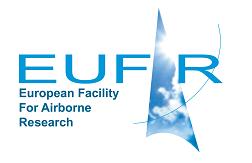Project

i-WAKE2- island-induced WAKE dynamics
Abstract
In geophysics, "island wakes" is a term typically used to refer to atmospheric circulations induced by mountainous islands (atmospheric wakes) as well as ocean effects induced by the islands' bathymetry (ocean wakes). In turn, ocean wakes,can be grouped into two main categories (i) wakes induced by atmospheric phenomena (wind wakes a.k.a. warm wakes), and (ii) wakes induced by oceanic phenomena. Both atmospheric and oceanic wakes have been the subject of many studies by the scientific community. Reynolds number theory predict that island wakes may vary from attached vortices to fully turbulent wakes resembling Von Karman Vortex Streets (VKVS). Froude number laboratory studies lead to the development of the concept of the diving streamlines in stable flows, whereby by the relation between atmospheric stratification and the height of the mountain lead (or not) to the generation of VKVS. Currently, Madeira Island wakes are being studied using numeric and laboratory models, satellite remote sensing, and in situ observations (Araújo_etal_2010). However, none of the available sampling means can give us a synoptic (i.e., quasi-simultaneous) high-resolution view of atmospheric and oceanic wakes; therefore, this EUFAR project will carry out airborne observations of atmospheric wakes (high-altitude) followed by airborne observations of oceanic wakes (low-altitude), by carrying out measurements in a region where both types of wakes frequently occur. The target region is the lee side of Madeira Island (33N;17W).
Details
| Keywords: | EUFAR |
|---|---|
| Previously used record identifiers: |
No related previous identifiers.
|
Related Documents
| EUFAR Web page |
| i-WAKE2 project documentation |
